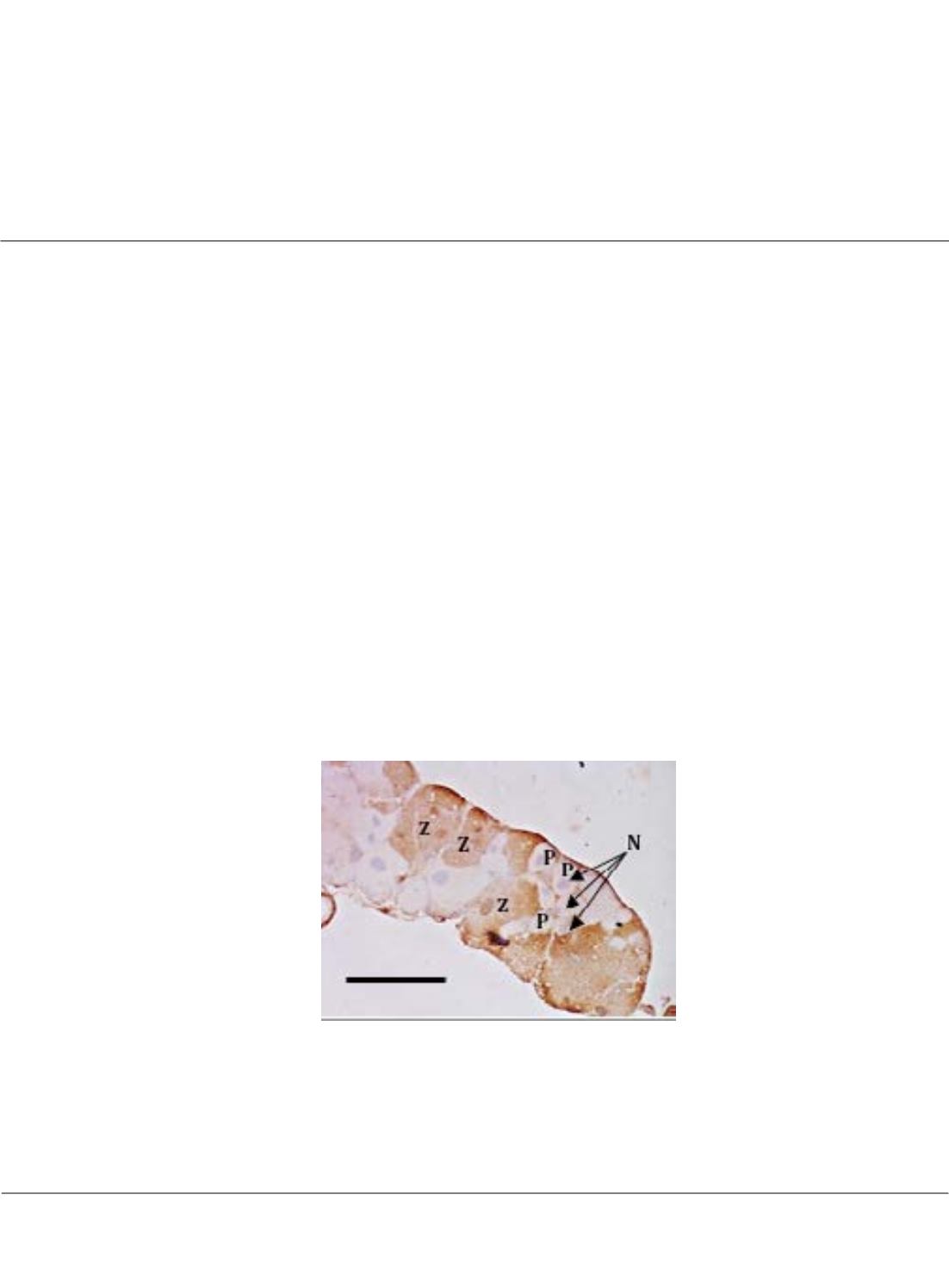

Page 47
conferenceseries
.com
Volume 07
Advances in Crop Science and Technology
ISSN: 2329-8863
Agri 2019
August 15-16, 2019
August 15-16, 2019 | Rome, Italy
14
th
International Conference on
Agriculture & Horticulture
Nurul Wahida Othman et al., Adv Crop Sci Tech 2019, Volume 07
Regulations of serotonin and dopamine in the salivary glands of the red palm weevil,
Ryhnchorphorus
ferrugineus
(Coleoptera: Dryophthoridae) during feeding and starvation
Nurul Wahida Othman, Norzainih, J.J.
and
Norefrina Shafinaz, M. N.
Universiti Kebangsaan Malaysia, Malaysia
S
tatement of the Problem:
Rhynchophorus ferrugineus
or Red Palm Weevil (RPW) is the important pest for
Palmaceae plants. However, there is no effective way to control its infestations as it only shows symptom until
the late stage of infestation where the plant could not survive anymore. Fundamental studies need to be done to
understand its physiology so that it can be applied to control this pest by targeting its biological system. Serotonin
(5-HT) and dopamine (DA) has been known as potent biogenic amines that control the physiological events in the
insect. Methodology & Theoretical Orientation: This study focuses on its important feeding organs that is salivary
gland where the role of 5-HT and DA in the regulations of salivary gland of RPW during feeding and starvation of
24h, 48h and 72h were determined. Samples were collected from infested coconut plantation in Terengganu state
Malaysia and were reared in the lab. Immunohistochemical (IHC) analysis was done to determine the distribution of
these amines in the salivary glands while enzyme-linked immunosorbent assay (ELISA) was conducted to quantify
these amines during different feeding status. Findings: IHC staining had indicated that 5-HT and DA are positively
present within cells of the salivary gland where 5-HT is more dominant on zymogenic cells while DA stained mostly
on parietal cells. The IHC stained were more intense in salivary tissues for a longer period of starvation (72h)
suggesting that these biogenic amines also regulate the glands during the non-feeding period. From the ELISA assays,
the level of 5-HT and DA increased significantly during the starvation period (72h) (p<0.05) where the 5-HT level
was increased dramatically compared to DA. Conclusion & Significance: Further work is necessary to understand
the agonistic and antagonistic role of these amines in controlling the feeding of RPW that can be manipulated in
future by targeting its pathway for the development of bio-pesticide.
Recent Publications
1. Nurul Wahida, O., Nur Hudawiyah, A., Roslim, R., Nur Khairunnisa, S., Norela, S, (2018) Mouthpart and
digestive tract morphology of the synchronized firefly, Pteroptyx tener (Coleoptera: Lampyridae) , Serangga.
23(2): 170-182


















